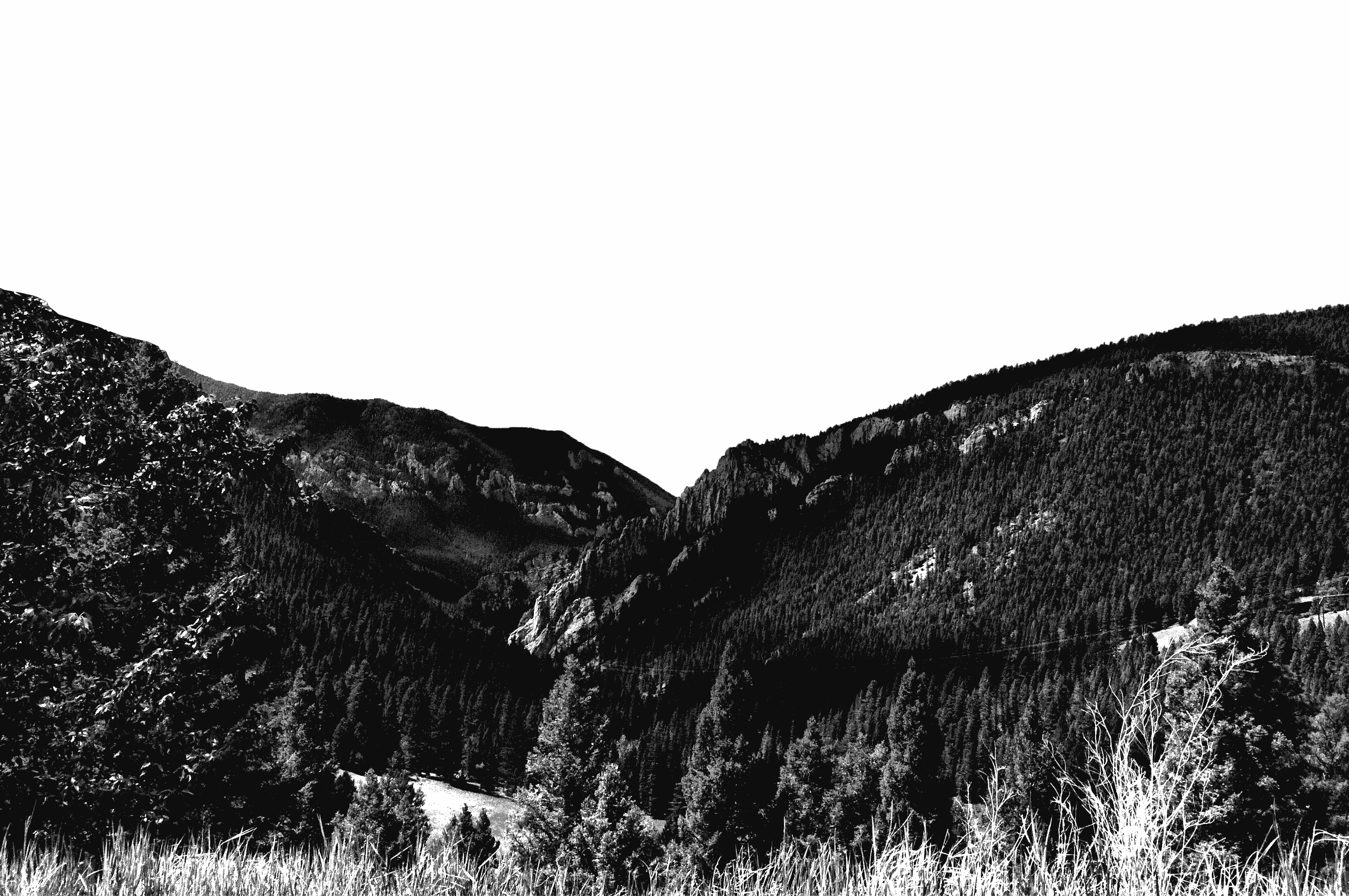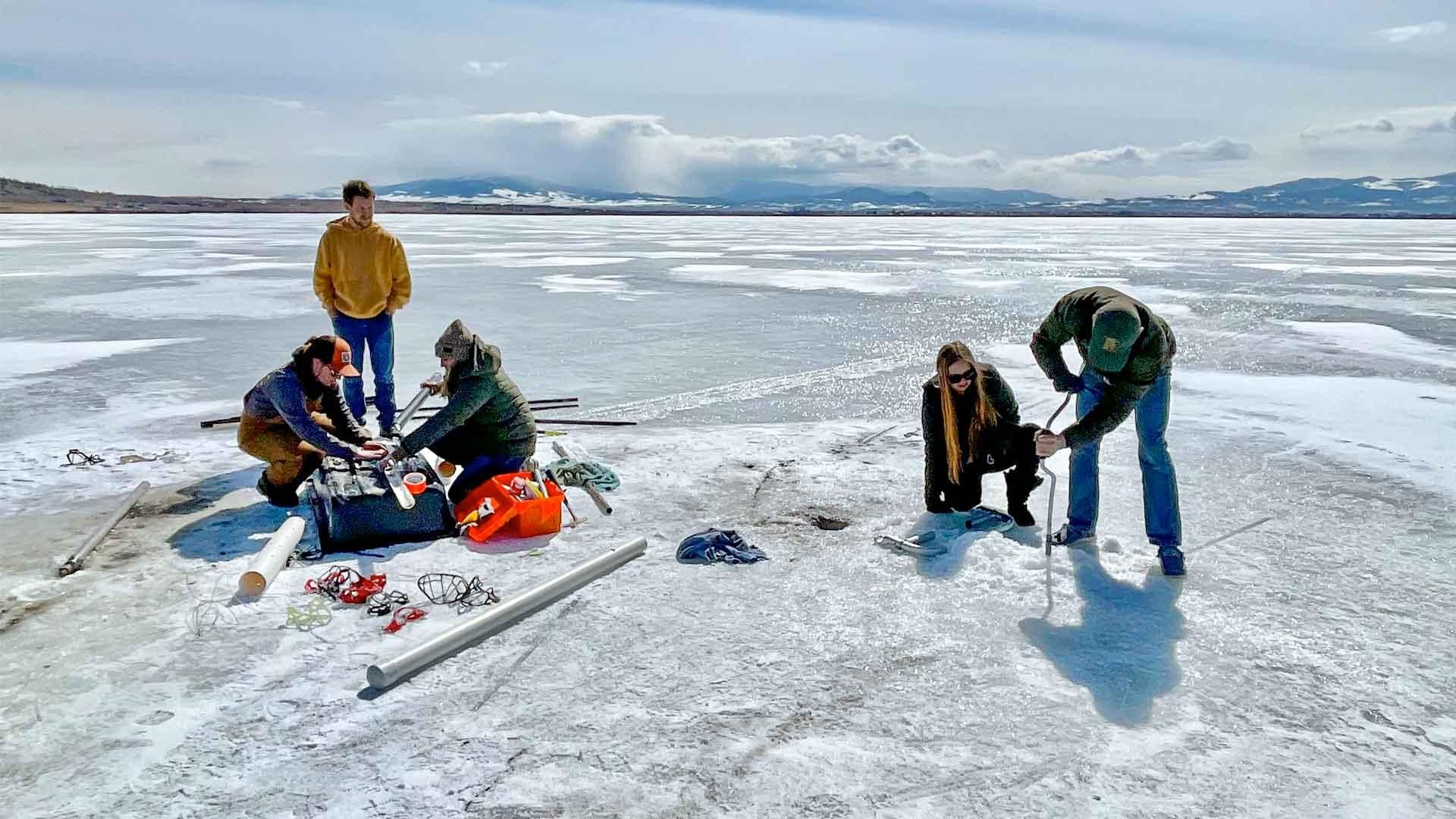Carroll College Environmental Science Program Receives Research Grant from M.J. Murdock Charitable Trust to Study Climate and Landscape History
HELENA – The Environmental Science Program at Carroll College received a three-year award to pursue the study of climate and landscape history from lake sediments in and around the Helena valley. The grant of $69,748 was awarded to Dr. Patricia Heiser, associate professor of Earth Science and director of the Environmental Science program, from the M.J. Murdock Charitable Trust’s Murdock College Research Program for Natural Sciences–Physical Sciences. Grants from this program are awarded to faculty at private, primarily undergraduate institutions in the five-state region of the Pacific Northwest to support faculty/student research activity.
This study “Reconstructing Holocene Climate and Landscape Change at the Mountain-Prairie Ecotone, Central Montana” aims to reconstruct a paleoenvironmental record of Holocene climate and landscape change in central Montana. The transition zone between the forested Rocky Mountain Front and the Great Plains is relatively underrepresented in paleoenvironmental studies of the region, and the impacts of climate change on this important ecotone region lack comprehensive understanding. This project will produce two lake sediment records of Holocene climate change, paleoecology, fire history, and geomorphic landscape response along a topographic and climatic gradient near Helena, Montana. Studied together, the two cores from geographically different locations will provide a comprehensive high-resolution reconstruction of landscape response to climate and will allow a better understanding of the linkages between climate, vegetation, and fire. In addition, this study will provide a well-dated climate reconstruction to compare with records obtained from archeological sites and will explore the potential evidence for the Roman Warm Period and possibly early human responses to environmental change proposed in other studies.
Carroll students have been and will be involved in all phases of this research. This proposal is built on the findings of previous studies undertaken by students as part of their honor theses and also on data collected through course-based research projects. For example, Heiser and her students have already demonstrated that they can reach back at least 8,000 years and observe both natural and human-driven (e.g. mining) landscape changes in the sediments of Lake Helena. The second core, from higher elevation and on the east side of the Big Belt Mountains, will expand on a previous student’s honors thesis on fire history over the last 3,000 years in that area.
“The Environmental Science curriculum at Carroll is very intentionally and specifically designed to integrate research projects progressively across the curriculum, with some culminating in an individual senior thesis project,” said Dr. Heiser. “These multi-level research experiences help students develop their own research questions, pursue thesis-level research, and ultimately present and publish their results in professional settings and peer-reviewed journals.”
This study will provide students with a wide range of field experience, from creating maps and imagery of the lake floor of Lake Helena, to coring for lake bottom sediments – both through the ice in winter and from boats and coring platforms in summer.
Additionally, Carroll College is collaborating with several institutions, including the Montana State University Paleoecology Lab and the Continental Scientific Drilling facility at the University of Minnesota, to utilize facilities and analytical tools specifically equipped for the study of sediment cores such as multispectral scanning, imaging, and pollen processing. Students will be traveling to these laboratories to not only gain experience with advanced analytical tools and methods but also to experience the research environment at PhD granting labs and institutions.
Individual project results will be presented to the research group each semester and annually at the Carroll Undergraduate Research Festival as well as the Murdock College Science Research Conference. Students will also present at regional or national professional meetings and their results will be prepared for and submitted for publication in peer-reviewed journals.
"I am very thankful to the Murdock Trust for their ongoing support of undergraduate research at Carroll College,” said Dr. Heiser. “Their grant enables me to offer an unparalleled level of access to research experiences for my students that are truly distinctive at the undergraduate level."
The partnership between the Murdock Trust and Carroll College dates back to 1985, when the Trust awarded the college its first grant. Since then, the Murdock Trust has supported Carroll College with nearly $3.5 million for projects and new staffing and programs.
About the M.J. Murdock Charitable Trust
The Murdock Trust, created by the will of the late Melvin J. (Jack) Murdock, provides grants and enrichment programs to organizations in five states of the Pacific Northwest—Alaska, Idaho, Montana, Oregon, and Washington—that seek to strengthen the region’s educational, social, spiritual, and cultural base in innovative and sustainable ways. Since its inception in 1975, the Trust has awarded more than 8,300 grants totaling more than $1.3 billion.

